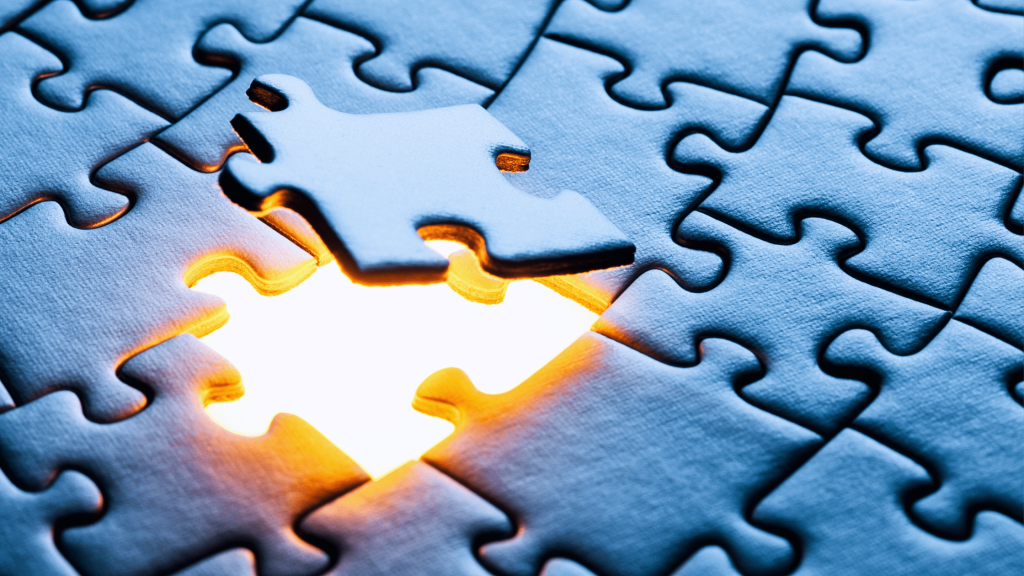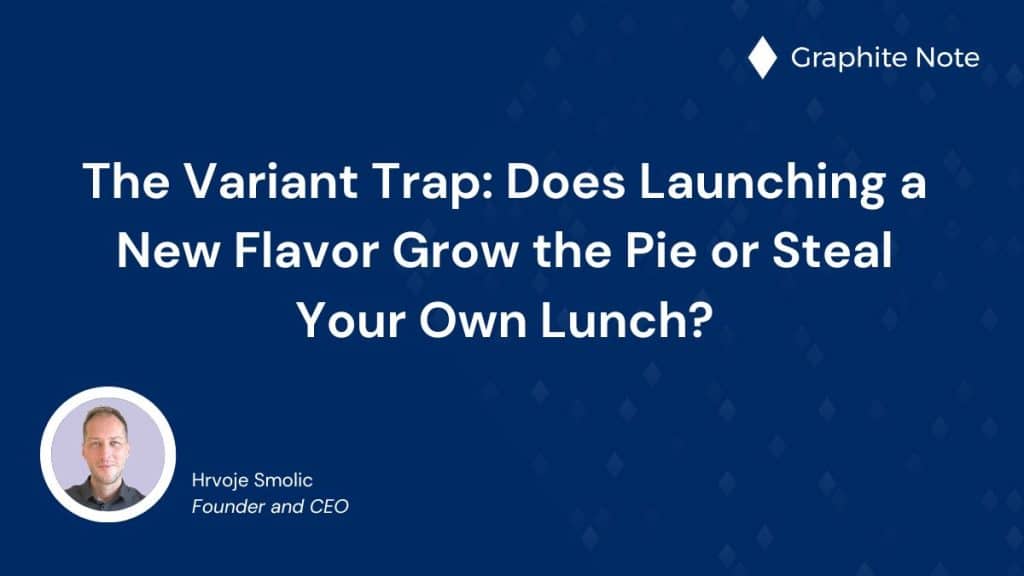Machine Learning Classification – Definition and Examples
Machine learning classification is an important outcome of machine learning. Machine learning models classify existing data points into different categories. This is then used to determine a wide range of information. This can include customer activity, anomalies, and automatically cataloging information. Using a machine learning algorithm can help you better understand large quantities of data.
What is machine learning classification?
Machine learning classification categorizes data points according to a set of parameters. These can include similarities, differences, and features in a subpopulation. Machine learning classification can take on the form of binary classification. Machine learning classification can also take on more complex types of classification. Classification predictive modeling has many uses. It can handle image classification, class classification, or other classification model activities. Machine learning classification has many use cases. Machine learning classification uses training data, test data, and validation data. A deep learning model is created from this. By using input data to classify data, the machine learning algorithm then learns how to classify new data.

Supervised machine learning
This supervised machine learning concept takes a set of data and groups it into classes. These classes are based on a model that describes the relationship between each data point and its class. A supervised learning algorithm used labeled data to sort data in terms of its classification model. This supervised learning technique has a wide variety of use cases.
Predictive analytics and machine learning classification
Classification in machine learning has a wide range of applications. This includes predictive analytics, such as speech recognition and document classification. Classification is used in supervised learning algorithms. Classification is also often combined with unsupervised learning concepts. These can include clustering to form more complex solutions, mainly when applied to big data projects. Classification problems can be solved with no-code analytics and machine learning.
Why is classification in machine learning important?
Classification is one of the first concepts most people encounter with data, and it is used in a wide range of professional fields across industries, including finance, retail, healthcare, and more.
It is used to categorize data into groups by labeling, based on elements that are known about each individual data point, including for example
- past behaviors,
- transactions,
- customer feedback,
- and email communications.
It also allows you to sort information by relevance to determine additional information about each individual data point.
For example, an insurance company can use classification to automatically determine the likelihood of a customer filing a claim by combining various variables such as
- age,
- gender,
- and driving record.
Analysts can use this new information to make more informed decisions about the customer’s future interaction with the company.
Another example is Sofware-as-a-service (SaaS) company. They can use classification to determine likelihood of their sales leads to convert into paying customers. Predictive lead scoring helps sales reps focus on prospects most likely to become customers. It’s an essential part of sales enablement and is used to prioritize leads who are more likely to convert.
What are the benefits of machine learning classification?
There are several benefits of using classification machine learning. Your machine learning model automates the sorting and categorization of information. You can spend more time working on what matters most, using the data effectively. Using machine learning algorithms, classification can sift through large datasets. This can bring even the most minor elements to light so you can make better business decisions.
Classification can be used to reinforce your existing business processes. This is done through natural language processing (NLP). NLP is integrated with technology to classify data based on specific keywords or phrases. Reinforcement learning enables you to develop semantic systems that automate the data collection process from your customer base. This type of machine learning program can optimize your business processes, through reinforcement learning.
Machine learning classification models
There are many different classifiers you can use to classify a dataset. These include, to name a few:
- Logistic regression.
- Decision trees.
- K-nearest neighbors.
- Naive Bayes classifier, also known as the Naive Bayes algorithm.
They all work by analyzing the data and deciding on which individual elements make up a specific subpopulation (class).

Logistic regression
Logistic regression is a statistical method. Logistic regression analyzes a dataset with one or more independent variables. These determine an outcome. Logistic regression predicts the probability of a binary outcome. A binary outcome would be a Yes/No or 0/1. The algorithm calculates the relationship between the independent variables and the outcome.
Decision trees
A decision tree is a hierarchical data structure. A decision tree is used to classify a dataset into separate subpopulations. This method is commonly taught in school. A decision tree method can be used to solve simple classification tasks. A decision tree makes more complex classifications difficult owing to its rigid logic. It works by splitting data into groups based on certain criteria such as age, gender, and income range. It then applies a series of rules or “paths’ ‘ that need to be taken in order to reach the final subpopulation.
K-nearest neighbors
K-nearest neighbors, is a type of classifier that identifies the most likely match for a given data point. It is also known as a nearest neighbor or nearest neighbour. This produces a set of classification rules that you can use to determine which subpopulation each data point belongs to. The more similar the data points are, the more similar their probability of being classified correctly is.
Naïve Bayes
Naïve Bayes is a type of classifier that uses a statistical formulation to identify individual estimates in a dataset. The Naive Bayes algorithm statistic helps your model determine the probability of a data point being classified correctly.
Unlike other models, it assumes that features are unrelated. Naive Bayes is most often used in object recognition. Data needs to meet a specific set of requirements. Only then can it be classed into a subpopulation.
What can classification in machine learning do for me?
Machine learning classification is a great way to categorize large amounts of data. This can give you a better understanding of your customer base.
It can also help automate tedious tasks. These include sorting, cataloging, and editing data. This frees up your time to work on other important business objectives.
Take a look at its most common applications below:
Spam detection
By using machine learning classification, you can assess the probability of sending spam. By combining data from a number of attributes such as previous behaviors, geographic location, and time of day. This information can automatically sort email messages into different categories. This enables you to identify those that must be checked for spam before they are sent on. Alternatively, this technology is also used by most email providers to sort out your spam folder. When an email comes in, machine learning classification algorithms are used to identify the likelihood that it is spam mail.
Recognition
Machine learning classification is often used for biometric systems. Biometric systems identify people based on various features. These include facial structure, hand position, and gait. These can then be used to verify identity for applications. Digital signatures, voiceprints, and biometric access systems rely on this. In handwriting detection software, machine learning classification models take single characters and cross-reference them with existing characters in the database. If it matches existing data, then you’re good to go. Otherwise, it’s tagged as an anomaly. Machine learning classification is also used in fraud detection.
Identifying customer churn
Most companies use email marketing to keep customers up-to-date. This is an effective way to keep customers. It can also be costly since uninterested people will often unsubscribe. This costs you money. Machine learning classification can help identify customer churn. Machine learning classification cross-checks personal information against your existing customer lists. Active customers are much more likely to respond, so this helps improve response rates for future campaigns. Customer churn prevention models can be highly helpful in customer retention efforts.
Lead scoring models
This method uses data from different sources and streams the results in real-time to automate lead scoring decisions. Generating leads is the lifeblood of your business. Your ability to prioritize and follow up on the right ones can significantly affect your bottom line. Machine learning classification algorithms can analyze lead quality. This empowers sales teams to focus on the insights they provide. Lead scoring is a process that quantifies the engagement of a prospective customer with your company. It can be based on anything from how often they open emails to how many pages they visit. Pattern recognition plays a key role here. The point of lead scoring is to help salespeople prioritize which leads are worth pursuing.
Machine learning classification helps you assess the probability of a data point being correctly classified. It’s also great for automating repetitive tasks so you can be more productive and enhance your business processes.






